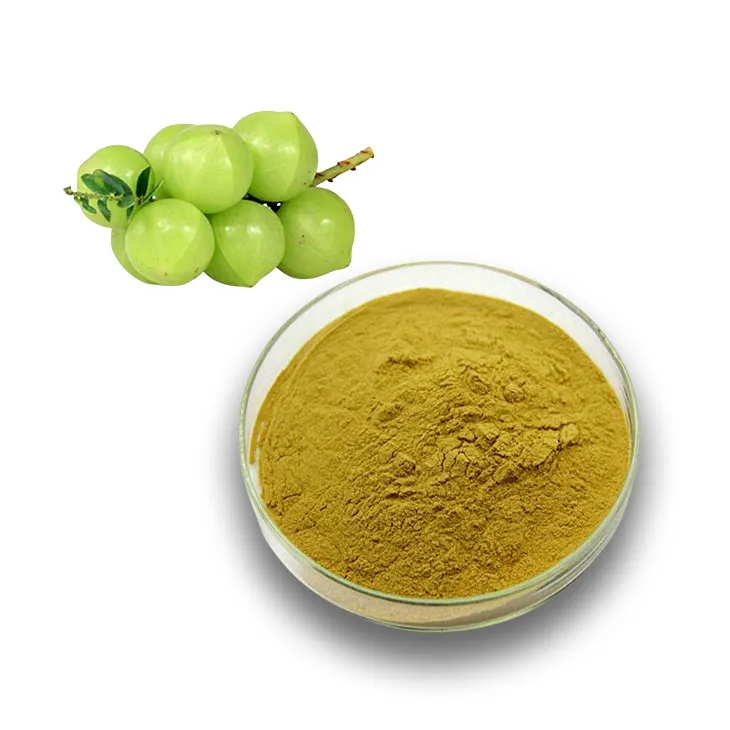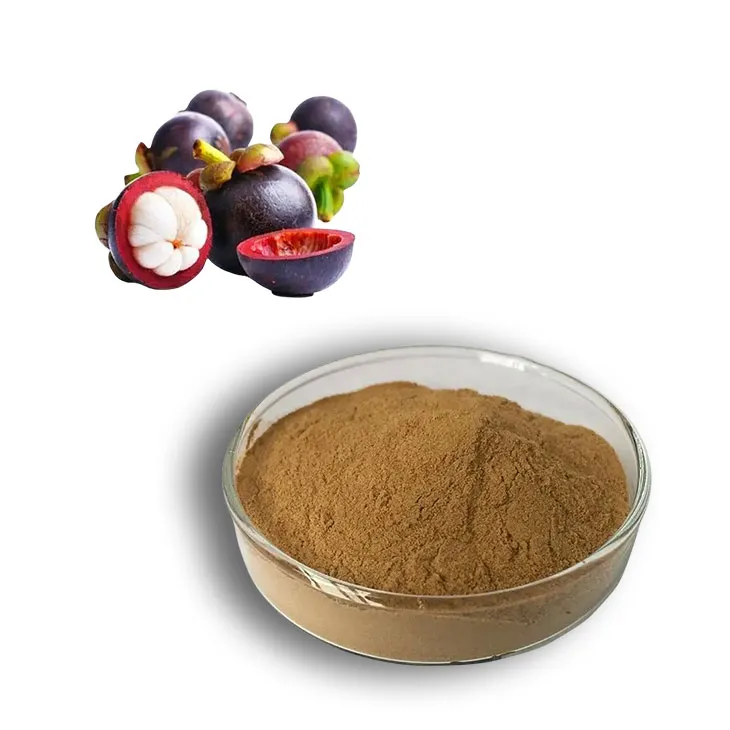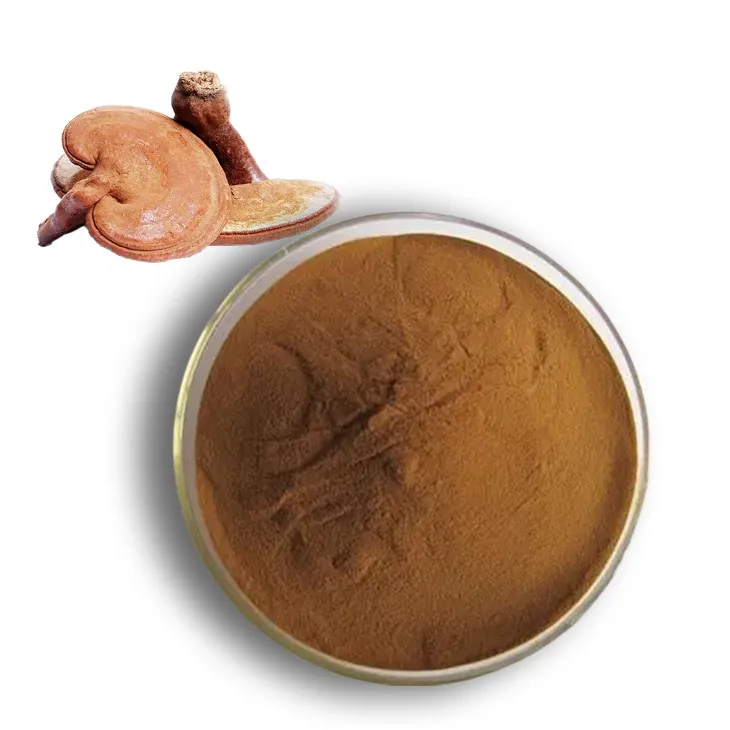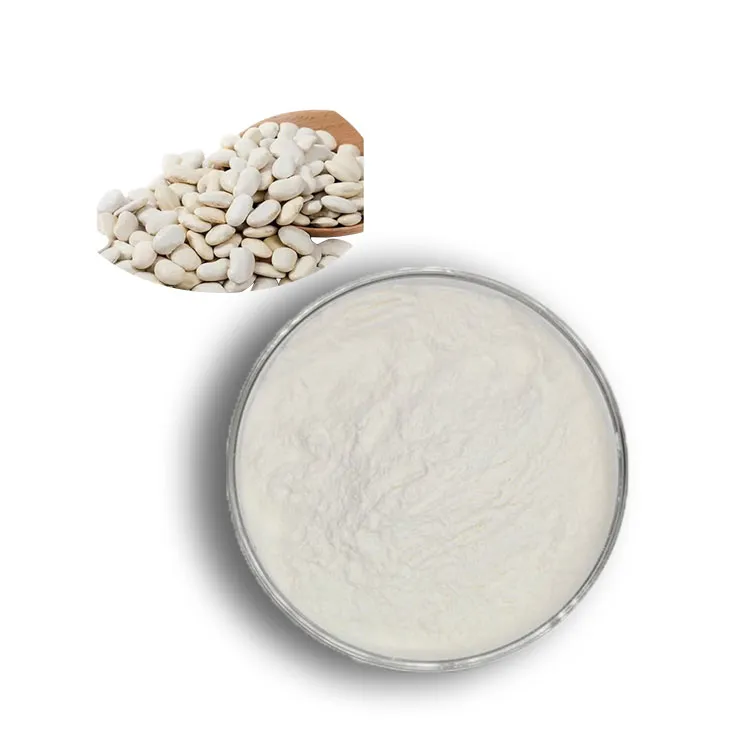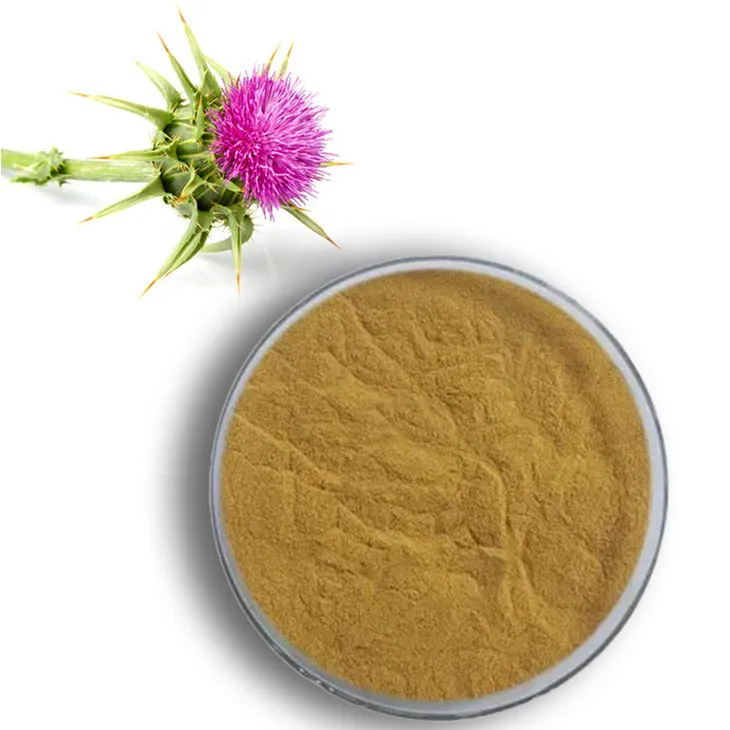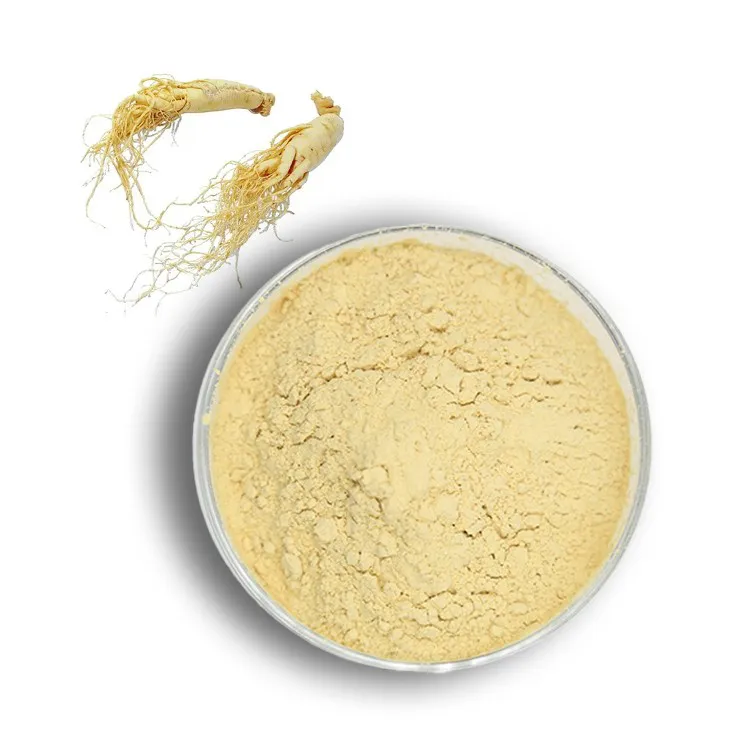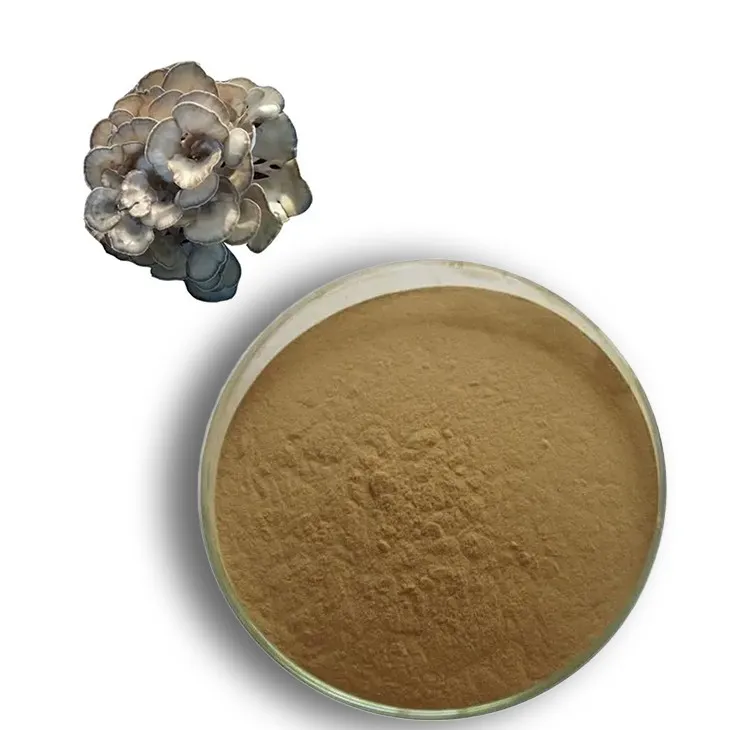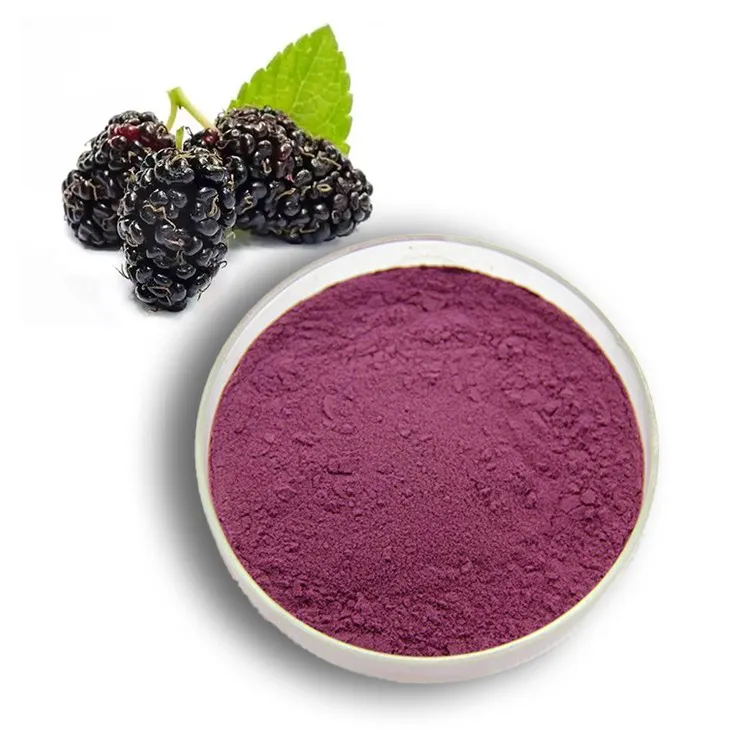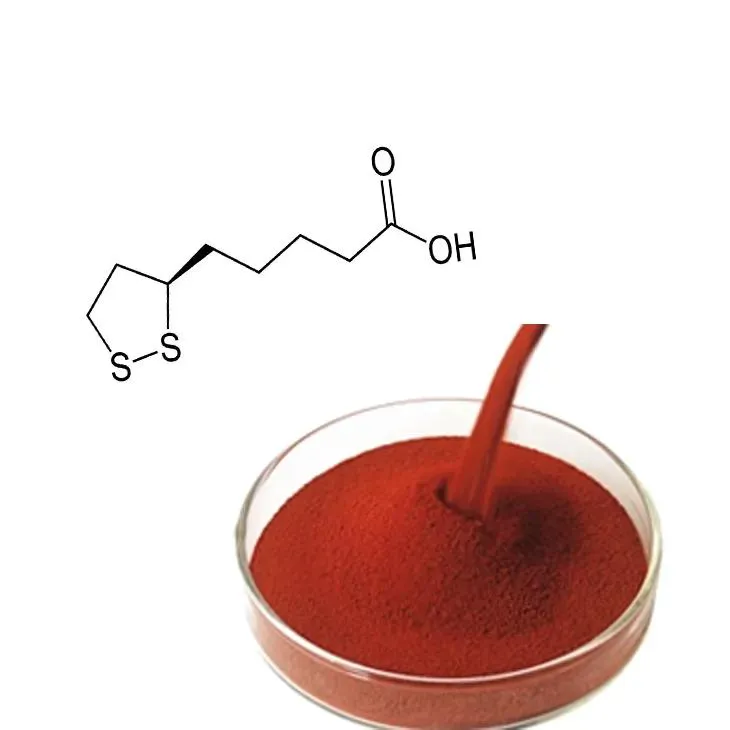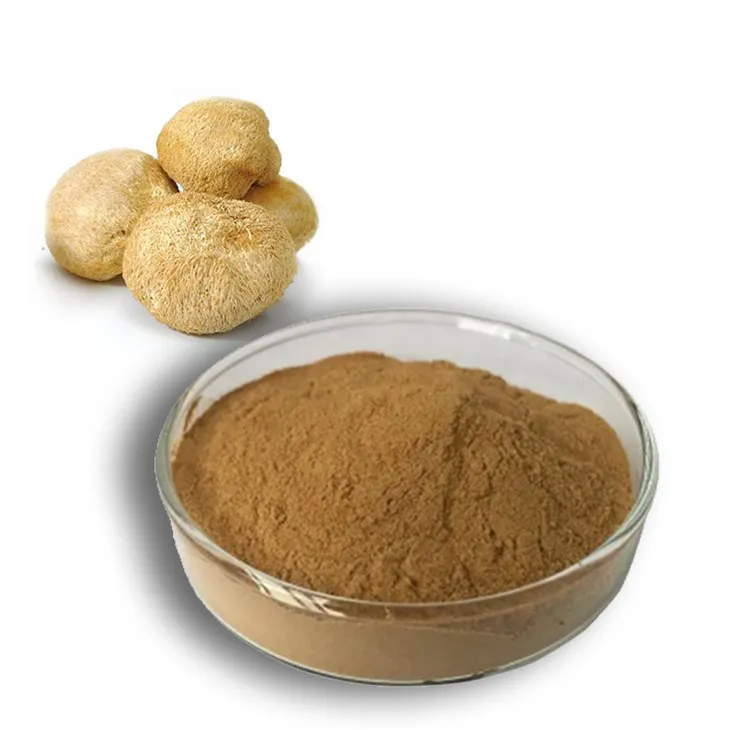- 0086-571-85302990
- sales@greenskybio.com
Combining Chia Seeds with 5 Certain Foods Can Lead to Digestive Discomfort
2025-08-20
Chia seeds, widely recognized for their nutritional powerhouse status, can sometimes cause digestive discomfort when paired with specific foods. This tends to be more pronounced for individuals new to high-fiber diets or those not maintaining adequate hydration. While the resulting effects are typically not severe, symptoms such as bloating, gas, and constipation can occur.
1. Dry Granola: Beware of the Crunchy Mix
Chia seeds are known for absorbing substantial amounts of water, forming a gel-like consistency. Consuming them dry can lead to them absorbing water directly from the digestive tract, which can pose challenges when mixed with other dry, high-fiber foods like granola. Granola, often comprised of oats, nuts, coconut flakes, and seeds, may cause the dry chia seeds to clump and result in a bloated or heavy sensation in the stomach. In some instances, this can lead to constipation if fluid intake is insufficient. To counteract these effects, soaking chia seeds before use in dry mixes or ensuring proper hydration during meals is advised.
2. Flax Seeds: Double Fiber Trouble
Combining chia seeds with flax seeds, both rich in fiber, especially soluble fiber, can overwhelm the digestive system if fiber consumption is excessive. While this combination promotes prolonged satiety, it may also lead to bloating, gas, diarrhea, or constipation, particularly for those unaccustomed to high-fiber intake. In extremely rare cases, excessive fiber without sufficient hydration can cause bowel obstructions. The recommendation for those new to high-fiber diets is to gradually increase fiber intake.
3. Beans and Lentils: Monitoring Blood Sugar and Digestion
Chia seeds are celebrated for their ability to stabilize blood sugar due to their fiber and fat content. However, when combined with other blood sugar-lowering foods like beans or lentils, the effect may be amplified. Individuals with diabetes or those on blood sugar medication should monitor their reactions after such meal combinations. Moreover, beans are high in fermentable carbohydrates and fiber, which can induce gas or bloating. Adding chia seeds to this mix may exacerbate digestive discomfort. Keeping an eye on individual responses and blood sugar levels is suggested.
4. Cruciferous Vegetables: Double Trouble for the Gut
Cruciferous vegetables, including kale, broccoli, cabbage, and Brussels sprouts, are nutrition powerhouses but can lead to gas production, particularly when consumed raw. Combining these with chia seeds, also high in fiber, can overwhelm the digestive system, causing gas, bloating, or cramping, especially in those not accustomed to high-fiber diets or lacking adequate hydration. Cooking cruciferous vegetables can mitigate their gas-producing compounds, making them easier to digest alongside chia seeds.
5. Carbonated Drinks: Bubbles Add to the Bloat
While not harmful, pairing carbonated beverages like soda or sparkling water with high-fiber meals can increase the likelihood of bloating. Carbonation introduces extra gas into the digestive system, and chia’s slowing effect on digestion may exacerbate feelings of fullness and gassiness. Opting for still water when consuming fiber-rich meals can help minimize these discomforts.
In conclusion, while chia seeds offer numerous health benefits, awareness of how they interact with certain foods can help mitigate unwelcome digestive issues. Ensuring proper hydration and initially introducing fiber slowly into the diet can be key strategies for enjoying chia seeds' benefits without the discomfort.
- ▶ Hesperidin
- ▶ Citrus Bioflavonoids
- ▶ Plant Extract
- ▶ lycopene
- ▶ Diosmin
- ▶ Grape seed extract
- ▶ Sea buckthorn Juice Powder
- ▶ Fruit Juice Powder
- ▶ Hops Extract
- ▶ Artichoke Extract
- ▶ Mushroom extract
- ▶ Astaxanthin
- ▶ Green Tea Extract
- ▶ Curcumin
- ▶ Horse Chestnut Extract
- ▶ Other Product
- ▶ Boswellia Serrata Extract
- ▶ Resveratrol
- ▶ Marigold Extract
- ▶ Grape Leaf Extract
- ▶ New Product
- ▶ Aminolevulinic acid
- ▶ Cranberry Extract
- ▶ Red Yeast Rice
- ▶ Red Wine Extract
-
Phyllanthus Emblica Extract
2025-08-20
-
Mangosteen extract powder
2025-08-20
-
Reishi mushroom extract
2025-08-20
-
Kidney Bean Extract
2025-08-20
-
Milk Thistle Extract
2025-08-20
-
Ginseng Root Extract
2025-08-20
-
Maitake Mushroom Extract
2025-08-20
-
Mulberry Extract
2025-08-20
-
Astaxanthin
2025-08-20
-
Hericium erinaceus extract powder
2025-08-20











